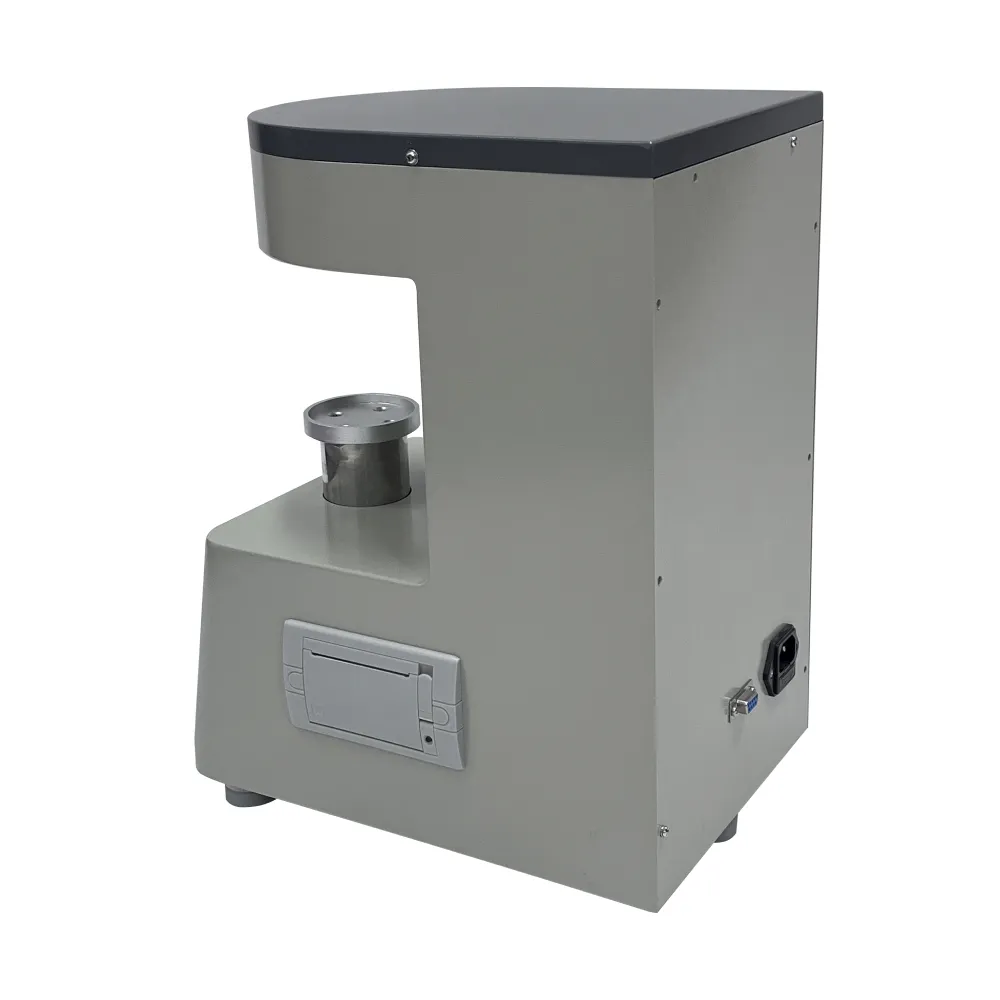 English
English


Understanding Earth Fault Loop Impedance Measurement Tools for Electrical Safety Testing
Understanding Earth Fault Loop Impedance Meters
In modern electrical engineering, safety is of paramount importance. One of the critical aspects of ensuring the safety of electrical installations is understanding the earth fault loop impedance. This is where an Earth Fault Loop Impedance Meter (EFLIM) comes into play. This equipment is essential for anyone involved in the installation, maintenance, or inspection of electrical systems, especially those that adhere to various electrical safety regulations.
What is Earth Fault Loop Impedance?
To grasp the significance of an Earth Fault Loop Impedance Meter, one must first understand the concept of earth fault loop impedance. Simply put, it is the total resistance or impedance of the entire earth fault circuit. This circuit typically includes the phase conductor, the earthing conductor, and the earth itself. In the event of an earth fault (a fault where current flows to the ground), this impedance affects the fault current's magnitude, which directly influences the operation of protective devices like circuit breakers or fuses.
The lower the earth fault loop impedance, the larger the fault current. This is crucial because, for protective devices to function correctly, they need to operate within specific time limits. If the impedance is too high, the fault current may not reach the necessary levels to trip the protective devices, leading to serious electrical hazards such as electrical shocks, equipment damage, or even fire.
The Role of Earth Fault Loop Impedance Meters
Earth Fault Loop Impedance Meters are diagnostic tools used to measure the earth fault loop impedance of electrical installations. These meters provide electricians and engineers with critical information regarding the safety and reliability of an electrical system. The primary functions of these meters include
1. Measuring Impedance An EFLIM can accurately measure the earth fault loop impedance in ohms. A reading from this meter helps installers ensure compliance with safety standards and regulations, such as the IET Wiring Regulations in the UK.
2. Testing the Effectiveness of Earthing Systems By determining the impedance levels, users can assess whether the earthing system is functioning effectively. This is vital for the safety of personnel and equipment.
earth fault loop impedance meter

3. Assisting in Circuit Design Understanding the loop impedance helps engineers design circuits that meet specific safety requirements. It ensures that any fault will generate sufficient current to trip protective devices quickly.
4. Regular Maintenance EFLIMs are essential for periodic testing of existing installations. Regular measurements help identify any deterioration in the earthing system or links, allowing for corrective actions before failures occur.
How to Use an Earth Fault Loop Impedance Meter
Using an Earth Fault Loop Impedance Meter is typically straightforward, but it requires adherence to safety protocols. Users connect the meter's leads to the circuit being tested. The device then sends a test current through the circuit, measuring the resulting voltage drop to calculate the impedance. This operation can usually be done without disconnecting the load, making it an efficient testing method.
Common procedures include
1. Isolate the Circuit Ensure the circuit is isolated or in a safe condition before testing, if necessary. 2. Connect the Meter Attach the leads of the meter to the relevant points in the circuit. 3. Conduct the Test Activate the meter to perform the measurement. 4. Record Results Note the impedance values obtained and compare them with the acceptable limits outlined in safety regulations.
Conclusion
In conclusion, Earth Fault Loop Impedance Meters are indispensable tools in the electrical industry. They play a fundamental role in enhancing safety by ensuring that earth fault loop impedances are within acceptable limits, thus facilitating the effective operation of protective devices. Regular testing with EFLIMs not only ensures compliance with electrical safety standards but also enhances the reliability of electrical installations, ensuring the safety of users and the protection of property. As electrical systems become increasingly complex, the role of EFLIMs will undoubtedly remain crucial in maintaining safe operational standards in electrical engineering.
-
Differences between open cup flash point tester and closed cup flash point testerNewsOct.31,2024
-
The Reliable Load Tap ChangerNewsOct.23,2024
-
The Essential Guide to Hipot TestersNewsOct.23,2024
-
The Digital Insulation TesterNewsOct.23,2024
-
The Best Earth Loop Impedance Tester for SaleNewsOct.23,2024
-
Tan Delta Tester--The Essential Tool for Electrical Insulation TestingNewsOct.23,2024





